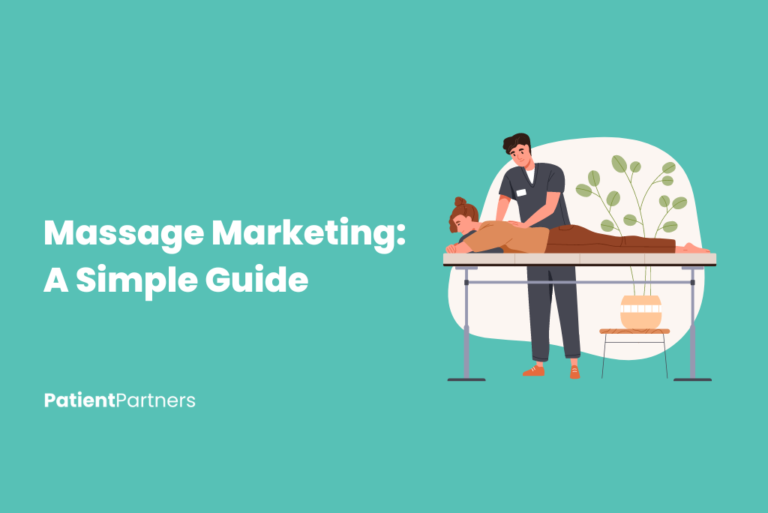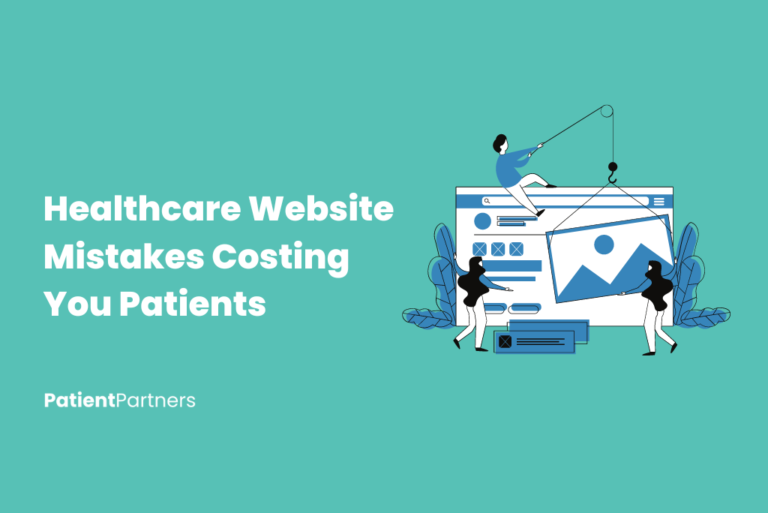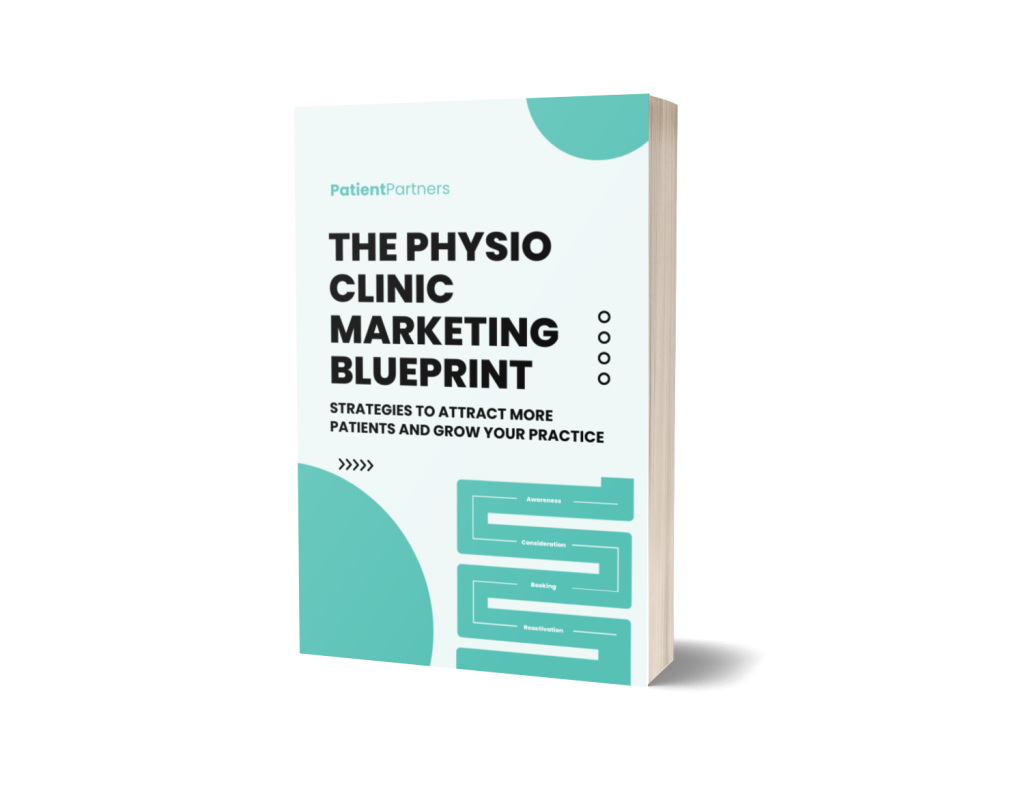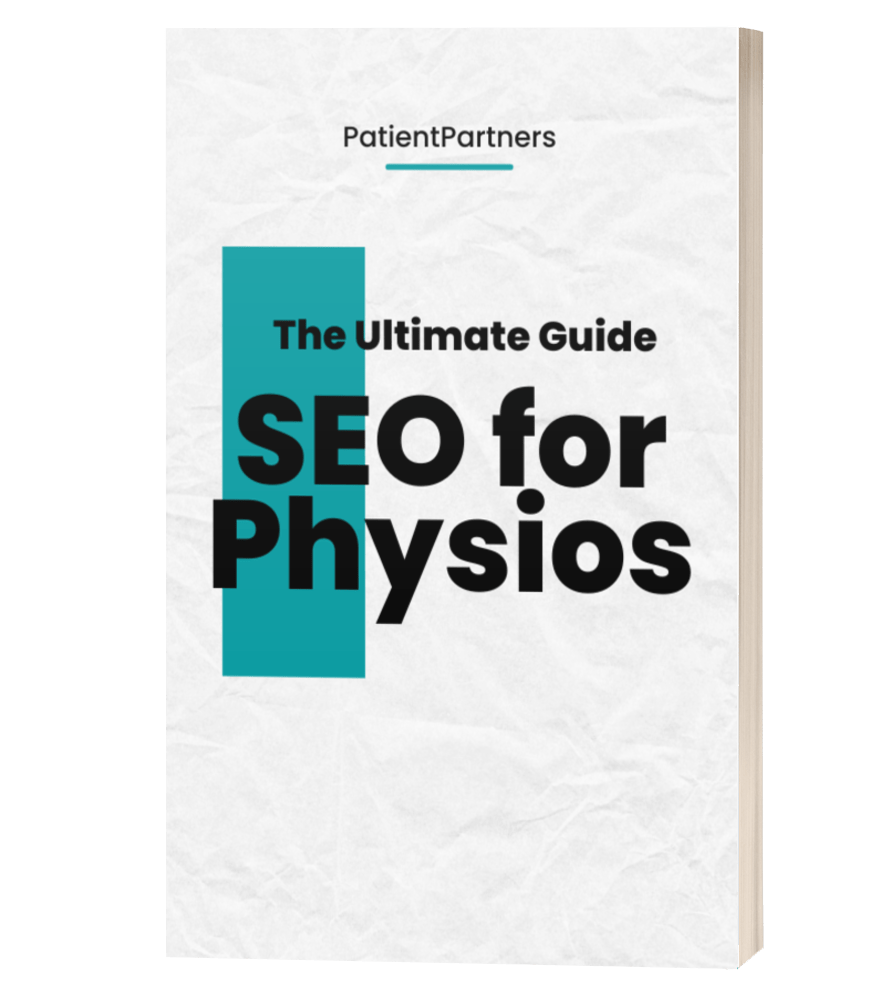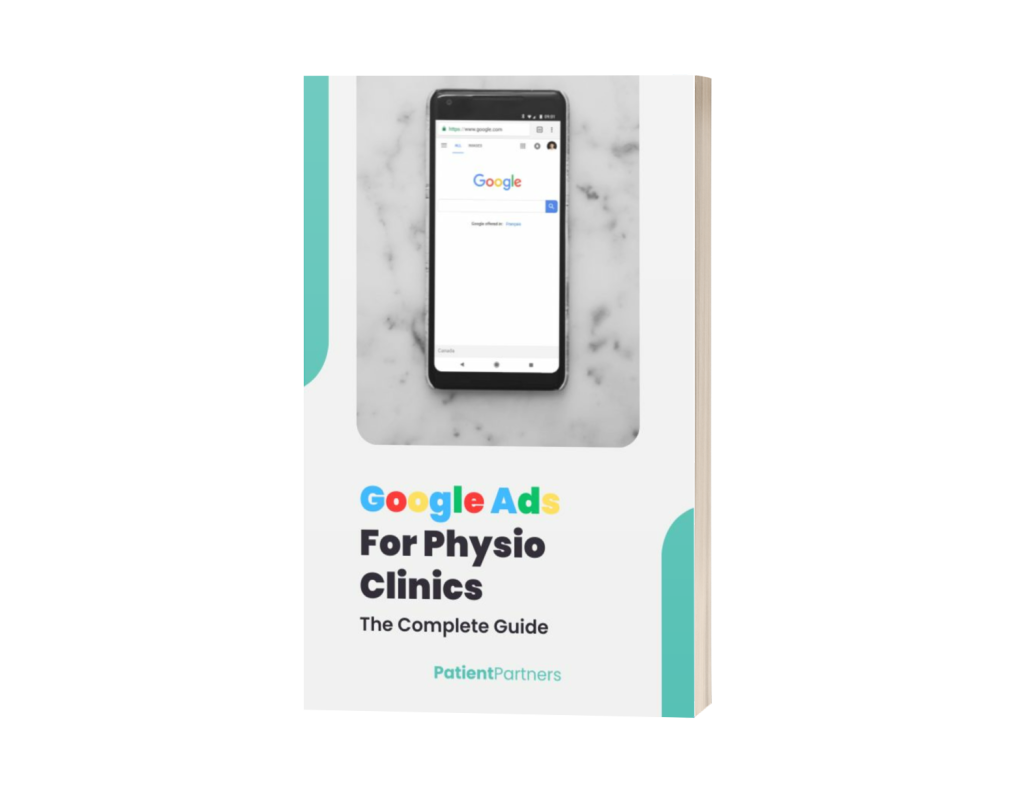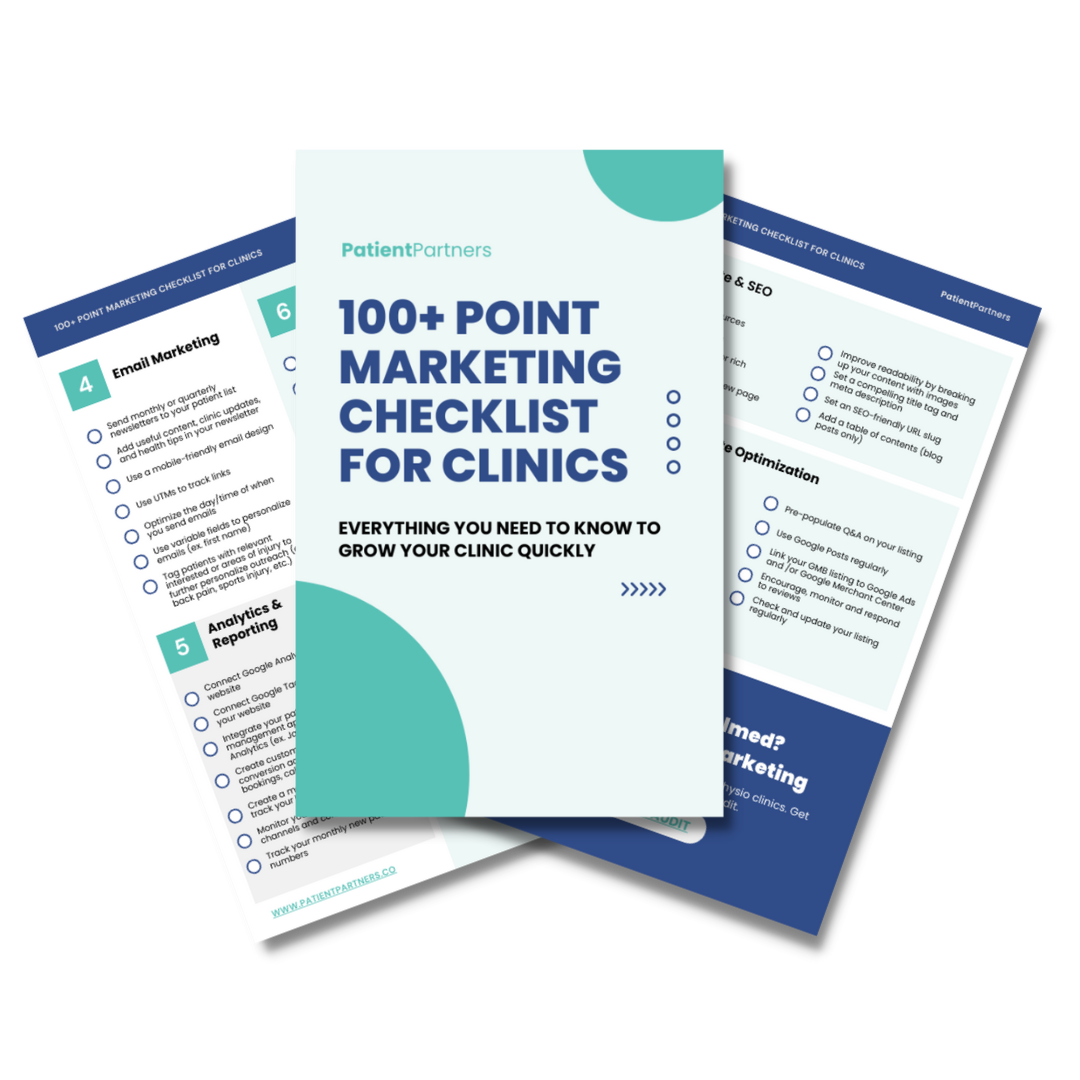Hey everyone! We all know that running a successful chiropractic practice is more than just helping patients feel better — it’s also about getting found online. To boost our online presence, we need to focus on Chiropractor SEO. This is the magic that makes sure people find us when they search for chiropractic services on Google.
Imagine if our practice could show up at the top of search results when someone types in “back pain relief” or “chiropractor near me.” That’s exactly what good SEO can do for us. It’s like putting a big, flashing sign on the internet pointing straight to our clinic.
We’ll talk about all the steps we can take, from keyword research to creating valuable content. By using these strategies, we can attract more new patients and grow our practice. So let’s dive in and learn how to make our chiropractic business thrive online!
Want a free website & marketing audit?
We’ll tell you what parts of your website and marketing are working – and what parts aren’t.

What Is Chiropractor SEO?
Chiropractor SEO helps chiropractic practices rank higher in search engine results. This drives more traffic to their websites and attracts potential patients.
RELATED READING: Top 9 Chiropractor Marketing Ideas
The Role of SEO in Chiropractic Marketing
SEO, or search engine optimization, is crucial in helping chiropractic clinics get noticed online. If we want more patients to find us, we need to appear at the top of search results. When potential patients search for terms like “back pain relief” or “local chiropractor,” a good SEO strategy makes sure we show up.
By optimizing our website content, using the right keywords, and building quality backlinks, we improve our visibility. This increased visibility translates to more patient inquiries and appointments. SEO isn’t just about search engines; it’s about making our site tempting and useful for visitors.
Key SEO Terms Explained
Here are some terms we should know:
- Keywords: These are the words and phrases potential patients type into search engines. Examples for us could be “chiropractor near me” or “back pain treatment.”
- Backlinks: Links from other websites to ours. High-quality backlinks from reputable sites boost our credibility and rankings.
- Meta Descriptions: The short summaries of a webpage that appear in search results. A good meta description can entice users to click on our link.
- Content Marketing: Creating and sharing valuable content to attract patients. This could be blog posts, videos, or infographics about chiropractic care.
Understanding these terms helps us talk confidently about SEO and implement strategies effectively.
Getting Started with SEO for Chiropractors
Let’s get our chiropractic practice noticed online by understanding the basics of website optimization, local SEO strategies, and the importance of mobile optimization.
Website Optimization Basics
First, let’s make our website user-friendly. Start with a clean, simple design. Make sure it loads quickly. A fast website keeps visitors from leaving early. Use clear headings and easy-to-read text. People should find what they’re looking for without frustration.
Keywords are important. Use keywords like “chiropractor” and “spinal adjustment” throughout our site. Place them in headings, descriptions, and body text. Keywords help search engines understand our content, making it easier for potential patients to find us.
Don’t forget about meta descriptions and title tags. These are small text snippets that appear in search results and influence whether someone clicks on our link.
Local SEO Strategies
Local SEO helps us attract nearby patients. First, make sure we’re listed on Google My Business. This makes our practice show up on Google Maps and local searches. Fill out our profile completely with our address, phone number, and hours of operation.
Ask happy patients to leave reviews online. Positive reviews improve our reputation and boost search engine rankings.
We should also include local keywords on our site. Mention our city and neighborhood in our content. This tells search engines we’re relevant to people searching for services nearby.
We can also list our practice in local business directories and join local online communities. This improves our visibility and creates backlinks, which further boosts SEO.
Mobile Optimization
Many people use their phones to search for services, so a mobile-friendly website is crucial. Our site should adapt to different screen sizes and load quickly on mobile devices.
Use responsive website design. This means our website changes layout based on the device it’s viewed on. Mobile users shouldn’t have to zoom in to read text or click buttons.
Also, make sure important information, like our phone number and address, is easy to find on mobile. This makes it simple for potential patients to contact us or find our location.
Lastly, test our site on various devices to ensure it looks and works great everywhere. This provides a smooth experience for all users.
Content Marketing and SEO
To improve search engine visibility, chiropractors should focus on creating valuable content and engaging with their audience. Let’s break down how to do this effectively.
Crafting Quality Content
We need to create content that answers the questions our patients are asking. Think about the common concerns and interests of people looking for chiropractic care.
Use bullet points or lists to organize information. Make it easy for readers to scan and find what they need. Adding images and infographics can make the content visually appealing and easier to understand.
Blogging for Backlinks
Blogging is a great way to earn backlinks from other sites. When we write informative and engaging blog posts, other websites are more likely to link back to our content.
Collaborating with other bloggers can also help. Guest posting on relevant blogs or having other experts write for our blog can expand our reach and authority.
Using Videos for Engagement
Videos are excellent for capturing attention and explaining complex topics in an easy-to-understand way. Short, informative videos about chiropractic care can keep visitors on our site longer.
We should upload these videos to platforms like YouTube and embed them in our blog posts. This not only helps with engagement but also boosts our SEO by increasing the time users spend interacting with our content.
Keywords and Chiropractic Care
Using the right keywords is essential in driving traffic to your chiropractic practice. Let’s discuss how to find the best keywords and place them effectively.
Researching the Right Keywords
Researching keywords is the first step. We should brainstorm terms related to chiropractic care. Think of words patients might use, like “back pain relief,” “spinal adjustment,” or “chiropractic treatment.”
Next, use tools like Google Keyword Planner or Ubersuggest. These tools help us find popular search terms. Look for keywords with high search volume but low competition. This means lots of people are searching, but not many websites are targeting these words.
Long-tail keywords are important, too. They are longer phrases like “best chiropractor for sports injuries.” These can attract more specific traffic. Aim for a mix of common and long-tail keywords.
Want a free website & marketing audit?
We’ll tell you what parts of your website and marketing are working – and what parts aren’t.

Keyword Placement Tactics
Placing keywords in the right spots on our website is key. Include primary keywords in the page title, headings, and subheadings. This helps search engines understand our content.
Use keywords naturally in the content. Don’t stuff them in. This can hurt our ranking. Aim for a density of 1-2%. This means for every 100 words, use the keyword once or twice.
Don’t forget meta descriptions and alt text for images. These areas can boost our SEO when they include keywords. Use variations of the main keywords to keep the content engaging.
By following these tactics, our chiropractic website can rank higher on search engines, bringing more visitors to our practice.
Leveraging Social Media for SEO Gains
Social media can be a powerful tool for boosting SEO. By paying attention to how we integrate social platforms and create engaging social content, we can see significant gains in our search engine rankings.
Integrating Social Platforms
We should link our social media profiles to our website. This includes Facebook, Twitter, Instagram, and LinkedIn. By doing this, we can drive traffic directly to our site.
Embedding social media widgets or feeds on our website can also help. This keeps visitors engaged and encourages them to follow us on our social channels. It’s also a good idea to share content from our website on social media regularly.
Using the same keywords on social media that we use on our website helps search engines understand our content more easily.
Social Content That Boosts SEO
Creating shareable content is key. Blogs, infographics, and videos that provide value and can be easily shared can lead to more backlinks to our site. These backlinks improve our SEO.
When we post on social media, we should use keywords and hashtags relevant to our niche. This increases our visibility and makes it easier for search engines to index our content.
Interacting with followers by responding to comments and messages builds community and engagement. This improves our online presence and can indirectly lead to better SEO results.
Technical SEO for Chiropractors
Getting technical SEO right can help your chiropractic website perform better. We’ll look at how site speed, performance, and SSL certificates can improve your search rankings.
Site Speed and Performance
We’ve got to make sure our chiropractic website loads quickly. People don’t stick around if a site takes too long to load. Fast websites rank better on Google too. To speed up our site, we need to optimize images, use a fast hosting provider, and minimize code.
Large images can slow things down. Compress them without losing quality. Scripts and plugins can also drag load times. Only use what we need. For example, Google PageSpeed Insights can show us what’s slowing down our site and how to fix it.
Secure Sockets Layer (SSL)
Using SSL keeps our site secure and trusted. When our site’s URL starts with “https://” instead of “http://”, it means SSL is in place. Google gives a ranking boost to secure sites. Visitors also feel safer, knowing their info is encrypted.
Setting up SSL is easy. Most web hosts offer free SSL certificates. Check our web hosting plan and follow their steps to install it. Keep an eye on our SSL status regularly to ensure it’s up to date.
Managing Your Online Reputation
Keeping a good online reputation helps attract new patients. We need to collect patient reviews and respond to feedback to maintain our online image.
Collecting Patient Reviews
Patient reviews are like gold. They show others what to expect when they come to us. One way to gather reviews is by simply asking satisfied patients to share their experiences. After a successful visit, we can send a follow-up email with a link to the review site.
Another option is using review collection software. This can automate the process, making it easier for patients to leave feedback. In-office posters and business cards with review site links also encourage reviews. A mix of online and offline methods works best.
Positive reviews should be highlighted on our website and social media pages. This not only builds trust but also boosts our search engine rankings. It’s essential to make the review process simple and user-friendly.
Responding to Feedback
Responding to both positive and negative feedback shows we care. Thanking patients for positive reviews makes them feel appreciated and encourages future reviews. For negative feedback, we need to stay calm and professional.
Apologize for any issues they faced and offer to resolve the problem. A prompt and polite response can often turn a negative experience into a positive one. Public responses also show others that we value patient feedback and are committed to improving.
Create templates for common responses, but personalize each reply. This saves time while still making it feel genuine. Monitoring review sites regularly ensures we don’t miss feedback, helping maintain our good standing.
Tracking SEO Success
Let’s talk about how we can know if our chiropractor SEO efforts are paying off. We’ll cover some key tools we can use and how to understand the data they give us.
Essential Analytics Tools
We need the right tools to track our SEO progress. Google Analytics is a must-have. It shows how visitors find us and what they do on our site. Google Search Console tells us what keywords bring people to us and if there are any issues with our site. SEMrush provides in-depth competitor analysis, showing where we stand compared to others.
It’s also good to use Ahrefs for backlink tracking. Backlinks are important for SEO, and Ahrefs highlights who is linking to us. Each tool gives us unique data, and using them together paints a full picture.
Interpreting SEO Reports
We can’t just look at numbers; we need to know what they mean. Organic traffic tells us how many people come to our site from search engines. If this number is going up, our SEO is working. Bounce rate shows if visitors leave quickly. A high bounce rate may mean our content isn’t engaging.
Conversion rate is key. It tells us how many visitors become customers. Finally, we need to check our keyword rankings. Are we moving up for important search terms? These metrics together give us a clear view of our SEO success.
SEO Challenges and Solutions
SEO for chiropractors can be tricky. Let’s break down the main challenges and how we can solve them.
1. High Competition
Many chiropractors are vying for the same local keywords. This makes it hard to stand out.
Solution: Focus on long-tail keywords. These are more specific and less competitive. For example, instead of “chiropractor,” use “chiropractor for back pain in Phoenix.”
2. Limited Content Opportunities
It can be tough to keep creating fresh and engaging content about chiropractic care.
Solution: We can branch out. Share patient stories, case studies, and industry news. This keeps the content diverse and interesting.
3. Local SEO
Local SEO is vital but hard to master. Getting listed in local directories and managing reviews takes time.
Solution: Optimize our Google My Business profile, and encourage happy patients to leave positive reviews.
4. Mobile Optimization
More people search for chiropractors on their phones. Our site needs to be fast and mobile-friendly.
Solution: Use responsive design. Make sure the website loads quickly and looks good on all devices.
Let’s Turn These Challenges Into Wins
Ready to boost your SEO? Partner with PatientPartners. We have the tools and expertise to help. Let’s make your chiropractic practice shine online.


